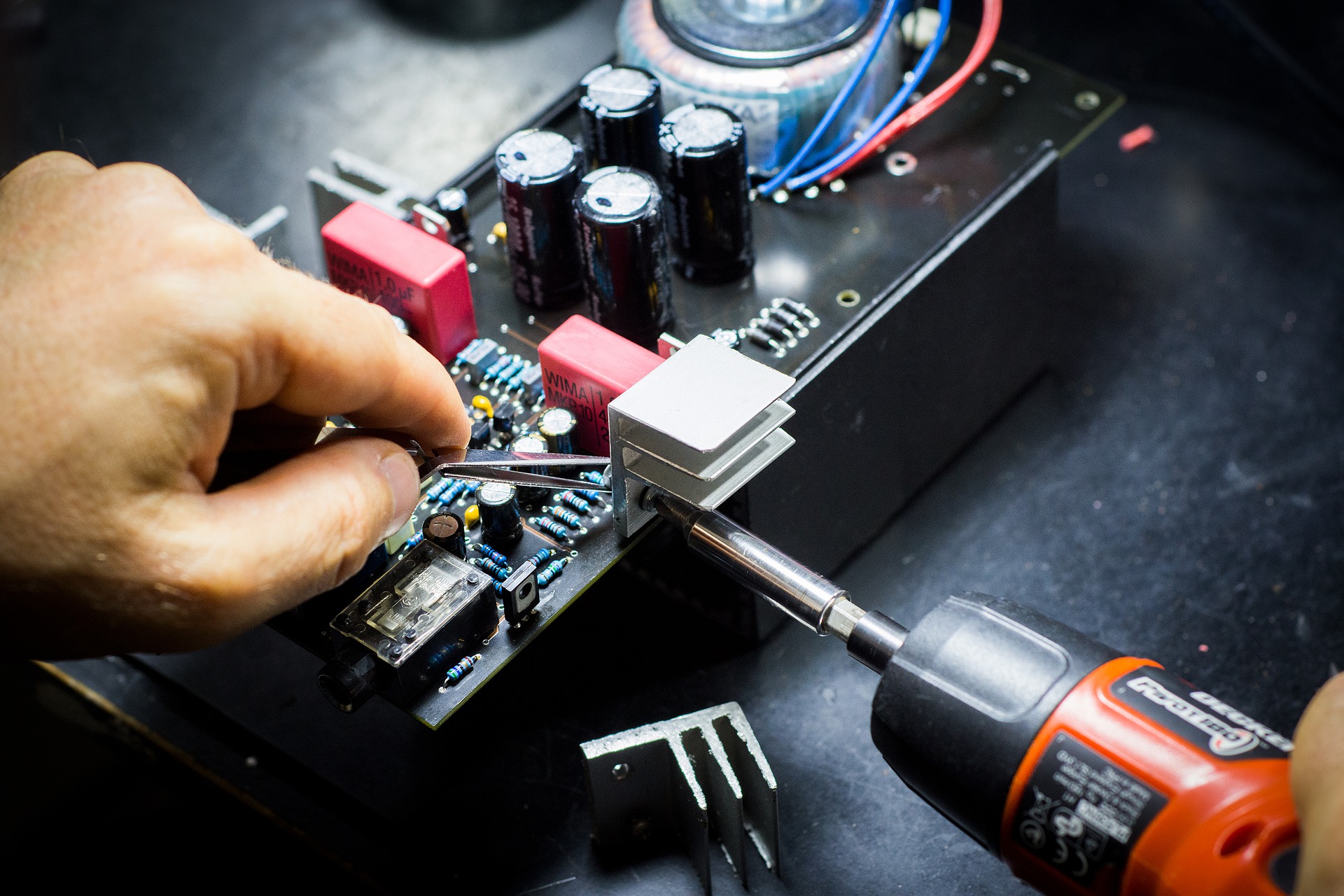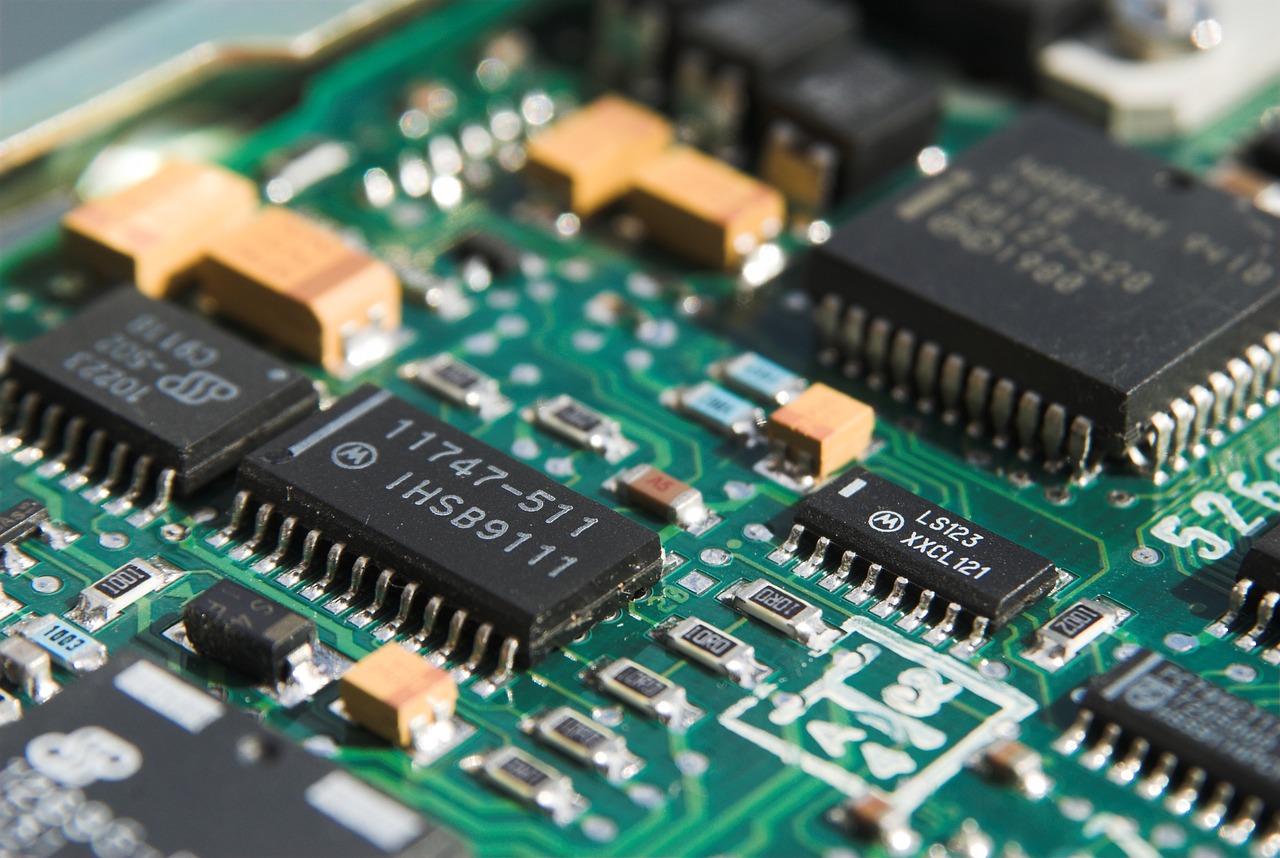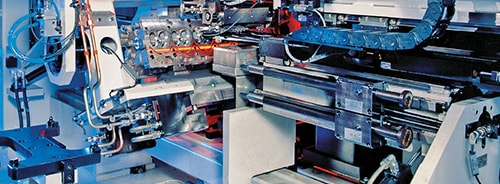Open Process AutomationTM Standard (O-PASTM Standard) or “Standard of Standards” as it’s popularly known is an initiative to create a new age automation system with a different architecture than the existing process automation systems that uses Distributed Control Systems (DCS) and Programmable Logic Controllers (PLCs). As automation applications require ultra-high availability and real-time performance, process automation systems have always been highly proprietary. The reason behind developing this standard is to transform from a closed, proprietary, distributed control systems towards a standards-based open, secure and interoperable process automation architecture.
Open Process AutomationTM Standard encompasses multiple individual systems:
- Manufacturing execution system (MES)
- Distributed control system (DCS)
- Safety instrumented systems (SIS)
- Input/output (I/O) points, programmable logic controllers (PLCs), and human-machine interface (HMIs)
In 2016, The Open Group launched the Open Process AutomationTM Forum (OPAF) to create an open, secure and interoperable process control architecture to:
- Facilitate access to leading-edge capacity
- Safeguard asset owner’s application software
- Easy integration of high-grade components
- Use an adaptive intrinsic security model
- Facilitate innovation value creation
This blog aims to show why and how OPC UA can be applied to realize the Open Process AutomationTM Standard. Before that, let us be familiar with the Open Process AutomationTM Forum. In simple terms, The Open Group Open Process Automation™ Forum is an international forum that comprises users, system integrators, suppliers, academia, and organizations.
These stakeholders work together to develop a standards-based, open, secure, and interoperable process control architecture called Open Process AutomationTM Standard or O-PASTM. In version 1 of O-PASTM, published in 2019, the critical quality attribute of interoperability was addressed. In version 2, published in January 2020, the O-PASTM Standard addressed configuration portability, and version 3.0 will be addressing application portability.
Version 1.0 of the O-PASTM Standard unlocks the potential of emerging data communications technology. Version 1.0 was created with significant information from three existing standards:
- ANSI/ISA 62443 for security
- OPC UA from IEC as IEC 62541 for connectivity
- DMTF Redfish for systems management
The seven parts that makeup the latest preliminary 2.1 version of O-PASTM Standard are:
- Part 1 – Technical Architecture Overview
- Part 2 – Security (informative)
- Part 3 – Profiles
- Part 4 – Connectivity Framework (OCF)
- Part 5 – System Management
- Part 6 – Information Models based on OPC UA (Multipart specification ranging from 6.1 to 6.6)
- Part 7 – Physical Platform
Part 1 – Technical Architecture Overview
This informative part demonstrates an OPAS-conformant system through a set of interfaces to the components.
Part 2 – Security
This part addresses the cybersecurity functionality of components that should be conformant to O-PASTM. This part of the standard also explains the security principles and guidelines incorporated into the interfaces.
Part 3 – Profiles
This part of the version defines the hardware and software interfaces for which OPAF needs to develop conformance tests and ensure the interoperability of the products. A profile describes the set of discrete functionalities or technologies available for each DCN. They may be composed of other profiles, facets, as well as individual conformance requirements.
Part 4 – O-PASTM Connectivity Framework (OCF)
This part forms the interoperable core of the system, and OCF is more than a network. OCF is the underlying structure that enables disparate elements to interoperate as a system. This is based on the OPC UA connectivity framework.
Part 5 – System Management
This part covers the basic functionality and interface standards that allow the management and monitoring of functions using a standard interface. The system management addresses the hardware, operating systems, and platform software, applications, and networks.
Part 6 – Information and Exchange Models
This part defines the common services and the common information exchange structure that enable the portability of applications such as function blocks, alarm applications, IEC 61131-3 programs, and IEC 61499-1 applications among others.
Part 7 – Physical Platform
This part defines the Distributed Control Platform (DCP) and the associated I/O subsystem required to support O-PASTM conformant components. It defines the physical equipment used to embody control and I/O functionality.
O-PASTM Standard version 2.0:
The O-PASTM Standard supports communication interactions within a service-oriented architecture. In automation systems, it outlines the specific interfaces of the hardware and software components used to architect, build, and start-up automation systems for end-users. The vision for the O-PASTM Standard V2.0 addressed configuration portability and can be used in an unlimited number of architectures. Meaning, every process automation system needs to be “fit for a reason” to meet specific objectives.
Why OPC UA is important for Open Process AutomationTM Forum
The lower L1, L2 layers of the automation pyramid is heavily proprietary with a tight vendor control over the devices where the PLC’s, DCS, sensors, actuators and IO devices operate. This is where the vendors have strong hold over the end-users. As a revenue generating path, they are reluctant to lose this advantage. Additionally, this poses interoperability, security and connectivity issues causing significant lifecycle and capital costs for the stakeholders.
This inherent lack of standardization in the lower OT layers is a constant pressure point for the automation industry. O-PASTM Standard solves this standardization & connectivity issue and uses OPC UA as one of the foundation for developing this standard. This de-facto standard is used for open process automation integrating controls, data, enterprise systems and serves as a fundamental enabler for manufacturers.
Building the basic components of this standard (like DCN, gateways, OCI interfaces, OCF) using OPC UA helps them achieve secure data integration and interoperability at all levels of the IT/OT integration. This involves leveraging the OPC UA connectivity (Part 4 of O-PASTM and information modeling capabilities (Part 6 of O-PASTM) which play a key role in the O-PAS™ reference architecture.
How O-PASTM leverages OPC UA
From the below architecture diagram it’s evident that a Distributed Control Node (DCN) is the heart of the OPAF architecture. Here a single DCN is similar to a small machine capable of control, running applications, and other functions for seamless data exchange with the higher Advanced Computing Platform (ACP) layers. This component interfaces with the O-PASTM Connectivity Framework (OCF) layer that is based on the OPC UA connectivity framework.
The connectivity framework allows interoperability for process-related data between instances of DCNs. It also defines the mechanisms for handling the information flow between the DCN instances. The framework defines the run-time environments used to communicate data.
Basically each DCN has a profile which describes a set of full-featured definition of functionalities or technologies. For example:
- DCN 01 Profiles (Type – IO + Compute)
- DCN 04 Profiles (Type – Protocol Convert + DCN Gateway)
The DCNs (i.e. O-PAS conformant components) are built conforming to anyone of the primary profiles specified in the O-PASTM:
| OBC | O-PAS Basic Configuration |
| OCF | O-PAS Connectivity Framework (OPC UA Client/server, OPC UA PubSub profiles) |
| OSM | O-PAS System Management |
| NET | Network Stack |
| CMI | Configuration Management Interface |
| SEC | Security |
| DCP | Distributed Control Platform (Physical hardware) |
The OPC UA information model capability is used to define and build these DCN profiles. Part 6 of the O-PASTM and its subparts defines related set of information and exchange models, such as basic configuration, alarm models, or function block models. This provides a standard format used for the exchange of import/export information across management applications. It also provides standard services used for the download/upload of information to O-PASTM conformant components.

According to the report OPC UA Momentum Continues to Build published by the ARC Advisory Group and endorsed by the OPC Foundation, it provides timely insights into what makes OPC UA the global standard of choice for industrial data communications in process and discrete manufacturing industries. From an IIoT and Industry 4.0 perspective, the report examines how the OPC UA technology is the standard that solves the interoperability challenges.
Key take-away from the report that help maximize OPC UA adoption include:
- OPC UA standard is open and vendor agnostic, and the standard and Companion Specifications are freely available to everyone.
- OPC UA is an enabler for next-generation automation standards that will, potentially change the industry structure of process automation e.g. Ethernet Advanced Physical Layer (Ethernet APL), NAMUR Open Architecture, and the Open Process Automation Forum (OPAF)
- OPC UA is arguably the most extensive ecosystem for secured industrial interoperability
- OPC UA is independent of underlying transport layers. As such, it uses the most suitable transports for the right applications (ex. TCP, UDP, MQTT, and 5G)
- OPC UA is highly extensible via its Information Modeling (IM) capabilities. This makes OPC UA an excellent fit for use by automation vendors and other standards organizations wishing to express and share semantic data seamlessly across all verticals.
- The OPC Foundation Field Level Communications (FLC) Initiative is defining a new OPC UA Field eXchange (OPC UA FX) standard that is supported by virtually all leading process automation suppliers.
- OPC UA FX will extend OPC UA to the field level to enable open, unified, and standards-based communications between sensors, actuators, controllers, and the cloud.
- Forward-looking companies should make OPC UA a crucial part of their long-term strategies today because the changes this technology brings will become a necessity faster than most people anticipate
Conclusion
OPAF is making outstanding records in creating a comprehensive, open process automation standard. Since it is partially built on other established industry standards like OPC UA, the O-PASTM Standard can improve interoperability in industrial automation systems and components.
OPAF fulfills its mission to deliver effective process automation solutions with the collaborative efforts of the OPC Foundation. Utthunga’s expertise in OPC UA standard and by adopting our OPC related products and solutions, businesses can benefit from low implementation and support costs for end-users and enable vendors to experiment around an open standard.
Get in touch with our OPAF experts to experience a new-age open, secure by design and interoperable process automation ecosystem.















































